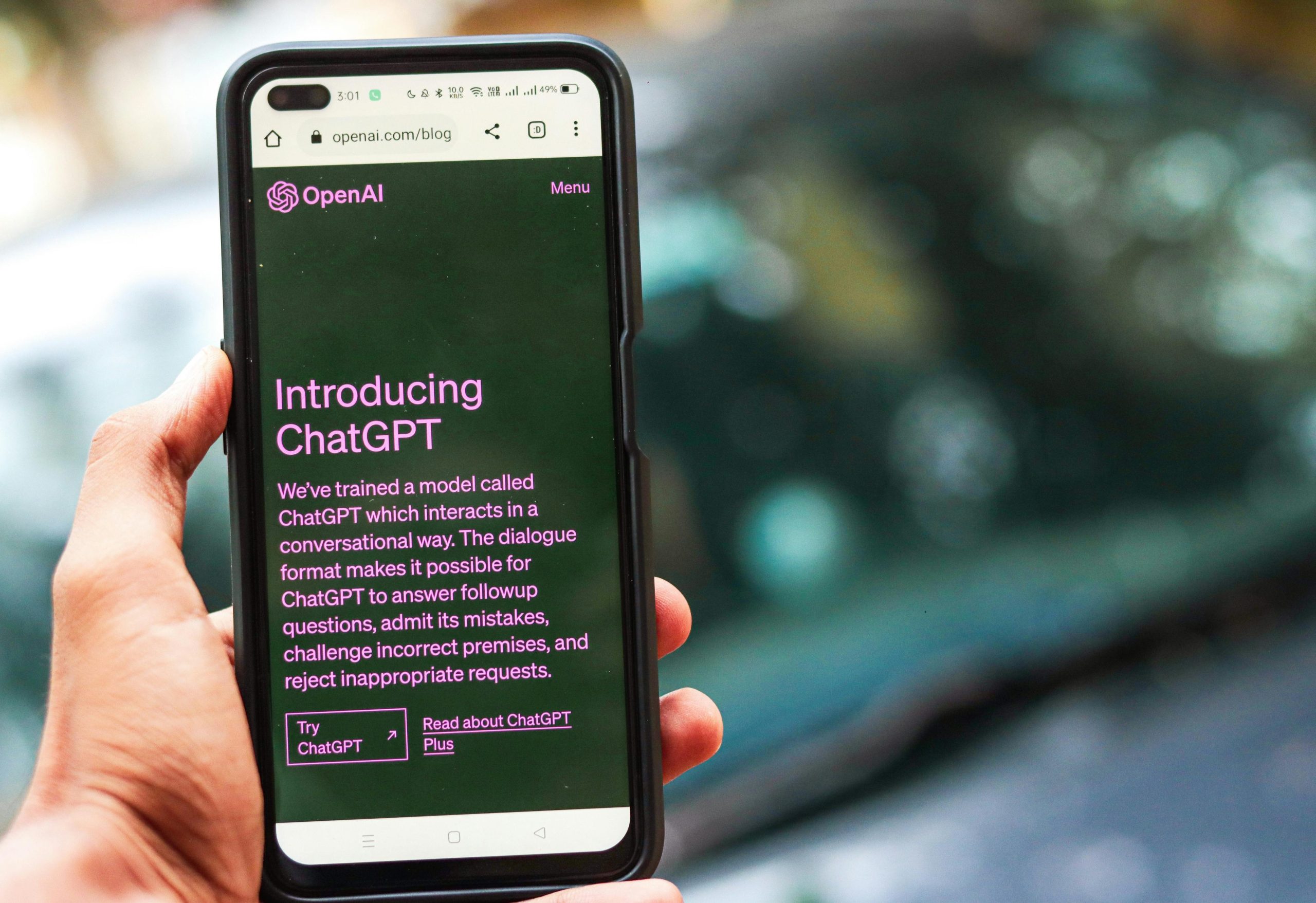🧠 Just tried OpenAI’s new Agent Builder — here’s my honest take 👇
Exploring OpenAI’s New Agent Builder: A Game-Changer for No-Code AI Automation
In the rapidly evolving landscape of artificial intelligence, tools that democratize AI development are becoming increasingly vital. Recently, OpenAI announced the beta release of their innovative Agent Builder—a platform designed to enable users to create intelligent agents and automations without writing any code. Having tested the tool extensively since its launch, I can confidently say it offers a compelling, user-friendly approach to building AI-powered workflows.
An Intuitive Interface for Effortless Automation
One of the standout features of OpenAI’s Agent Builder is its clean and straightforward user interface. It resembles the familiar workflow creation seen in automation tools like Zapier or n8n, but with a core difference: powerful GPT-driven capabilities at its core. Users can craft complex multi-step processes by simply dragging, dropping, and connecting components—no programming involved.
This visual approach eliminates the technical barriers typically associated with AI development, making it accessible to entrepreneurs, internal teams, and digital agencies alike. The platform’s design encourages experimentation and rapid prototyping, turning conceptual automations into functional agents within minutes.
Key Features and Benefits
-
No-Code Environment: Build logic and workflows visually through drag-and-drop mechanics, streamlining the automation creation process.
-
Pre-Built Templates: Start quickly with templates tailored for common use cases such as customer service bots, data enrichment, or internal assistant functions.
-
Seamless API Integration: Easily connect with OpenAI’s APIs and other tools to augment workflows and extend functionalities.
-
Versatile Use Cases: Ideal for prototyping business automation, developing internal tools, or launching intelligent assistants that can handle multi-turn conversations.
Areas for Improvement
While the Agent Builder is promising, it’s still in its early days. Users may encounter occasional bugs or experience slower refresh times during workflow updates. Additionally, external integrations, beyond core OpenAI APIs, are currently limited, which could constrain complex or multi-platform automations. Variable handling between steps could also see enhancement to improve flexibility and robustness in sophisticated scenarios.
Who Should Consider Using It?
Despite these early-stage limitations, the platform’s user-friendly approach makes it a compelling choice for startups, agencies, and individual developers looking to harness GPT’s capabilities without the steep learning curve. It simplifies the process of creating intelligent assistants, automating repetitive tasks, or rapidly testing new ideas—saving both time and development resources.
Final Thoughts
OpenAI’s














Post Comment